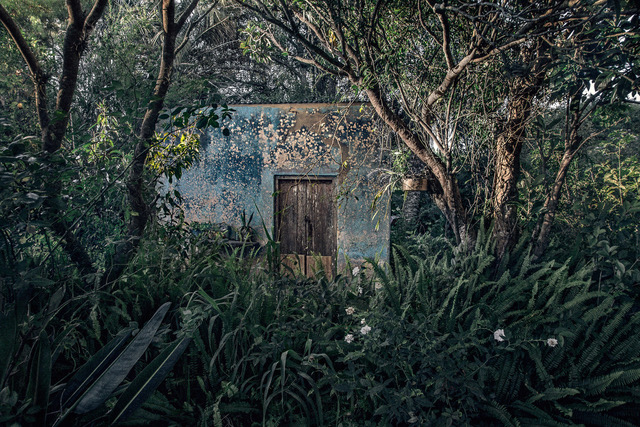By Diane Pernet
On Friday, February 9, the vernissage of Gustavo Ten Hoever’s works took place at the Gajac
museum. Although his works have been seen around the world, they are unfortunately not
well-recognized in France. Julia Fabry, a valuable collaborator of Agnès Varda and the
curator of this exhibition, passionately invested herself in this project to juxtapose Gustavo’s
photographs with Piranesi’s engravings. In his time, Piranesi magnificently depicted Roman
architecture.
Through the centuries, these two artistic souls converge and complement each other: “One
who forgets the past could not understand the future”, emphasizes Gustavo. “Contemplating
this exhibition at the Gajac museum makes one realize that imagination and reality converge,
and it becomes evident that nature takes precedence over everything, both in its solidity and
fragility” as pointed out by Hélène Lages, the museum curator, who was deeply involved in
this exhibition, during her speech on that Friday.
Building a tipi to echo Gustavo’s photos On the eve of the exhibition, Gustavo Ten Hoever
had a simple tipi installed in front of the Gajac museum. It was constructed with a few pieces
of wood and two strings, yet it was highly representative of the artistic and timeless spirit of
both Piranesi and Gustavo Ten Hoever. “Minerals are very present in the rubble of stones,
Roman ruins in Piranesi’s work, or in the multitude of abandoned buildings captured by
Gustavo. Vegetation is also prominent, found in the Amazonian forest, the delicate palm trees
of Italy, or even in the tipi erected on Thursday on the museum’s parvis. Gustavo describes it
as a moment of grace, this tipi assembled in 20 minutes, almost magically, as a way to
immerse oneself in the mystical, dreamlike universe resonating during the visit to this
exhibition.
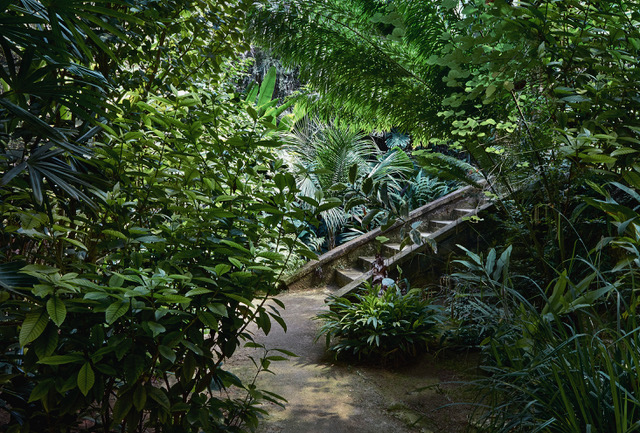
Piranesi unconsciously present It took three years for this duo, Gustavo and Julia, to complete
this splendid work. Gustavo explains, “I take photos all over the world, in Egypt, Uruguay. I
travel around the world but also through time. I carry my engravings everywhere, from Egypt
to Italy, and today, in France, thanks to Julia, my ‘maga’, my magician for almost 10 years.
All these buried treasures currently captivate us at the Gajac museum until June 2. You can
also admire “la piedra roja” , a limestone stone from the Djoser Pyramid, dating back to 2671
BC.
“I draw inspiration from the moments nature offers me, its ruins, vegetation, mineral energy,
beauty, and the strange that surpasses human nature. In those specific moments, I don’t think
of Piranesi, but as you will see when coming to this exhibition, the connection with the works
of this ancient engraver is evident. Julia’s kindness and professionalism, my ‘maga’, my
‘magician’, make us realize that these two universes resonate and harmonize perfectly, like a
mirror, despite the centuries. ‘To create is to live twice’, we have the perfect example as we
stroll through the museum, facing the paintings of this adventurous Uruguayan”.
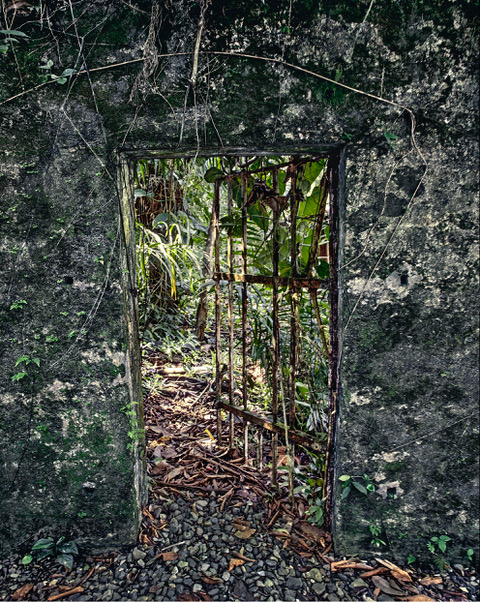
You can discover stones, “roccas” as Gustavo tells us: “On a path in Colombia, accompanied
by a guide, my instinct led me to an unknown path. I felt something very powerful in front of
these enormous stones that I photographed. I understood much later that these were sacred.
And today, I am proud to find them at this exhibition at the Gajac museum.”
The photography of Ten Hoever is a spiritual quest during which the photographer captures
the essence of a place, a person, a moment, and his images stand out through an unaffected
interaction between nature and space, beings and objects.
The vision of nature he presents through his lens is characterized by both beauty and
strangeness, simplicity, and the sublime. He blends different photographic styles and genres
influenced by literature and poetry. Viewers are particularly struck by the calm and dreamy
nature of his images.
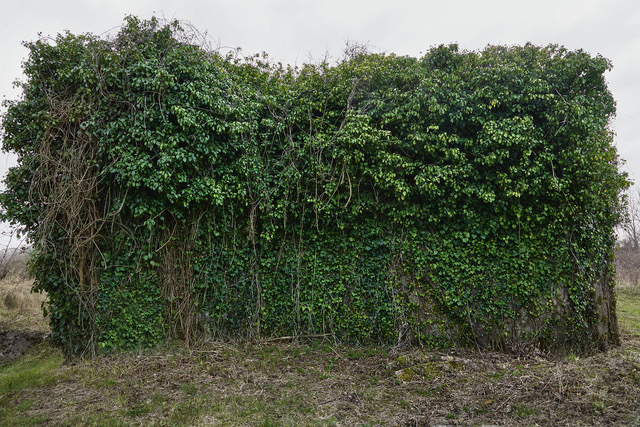
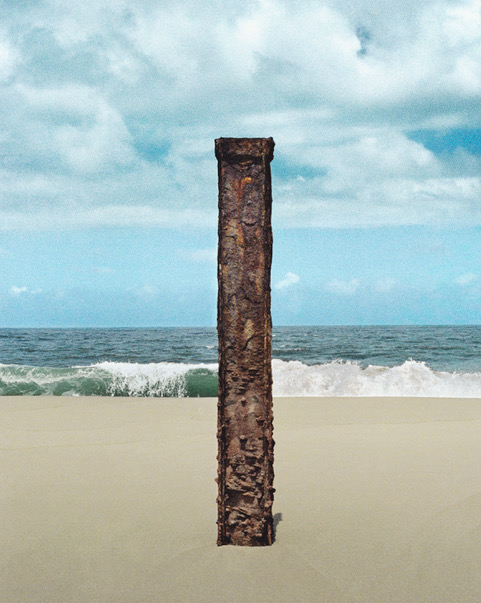
EXHIBITION CURATOR
Gajac Museum and Julia Fabry
Julia Fabry, Biographical Information
After obtaining a Doctorate in Fine Arts, Julia Fabry served as a collaborator to Agnès Varda
on her films and visual works for over 13 years, simultaneously organizing several
exhibitions of the artist’s work in France, Sweden, the United Kingdom, China, Belgium, and
Spain.
As an independent exhibition curator, visual artist, and Artistic Director for various image-
related publications, she engages in diverse cultural activities and supports projects globally.
She has recently worked on the curatorial narrative for the last two editions of the Noor
Riyadh Festival in Saudi Arabia, the world’s largest public contemporary art festival related
to light.

